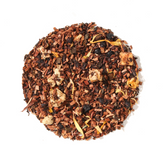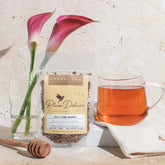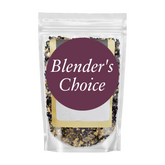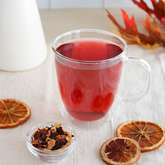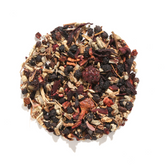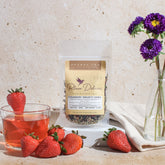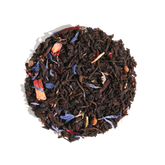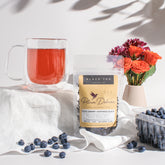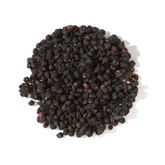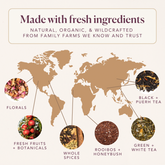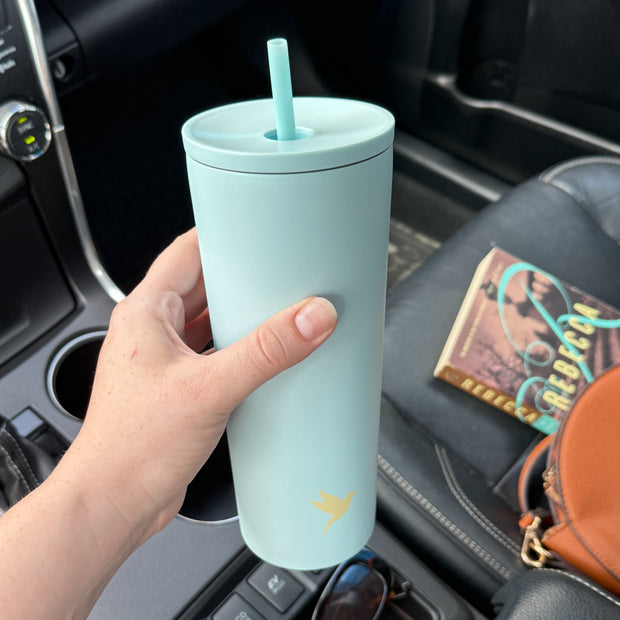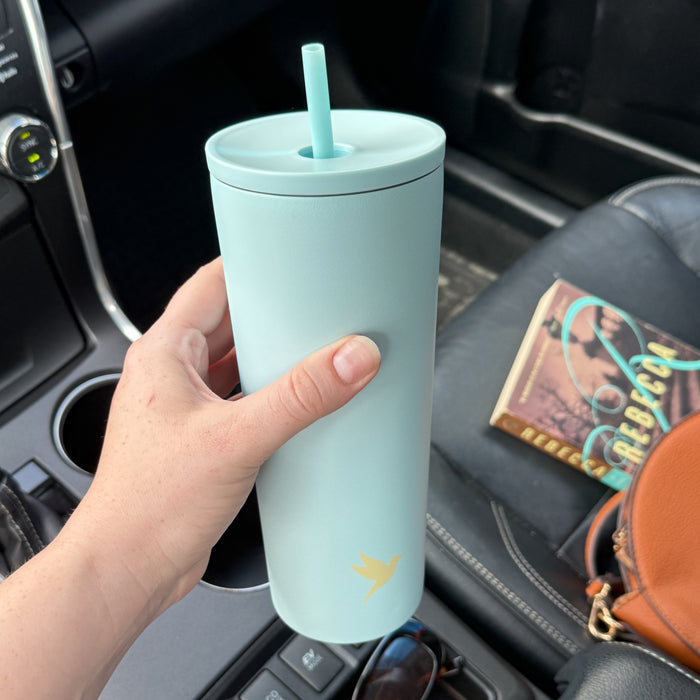
I began combining the simple ingredients for the icing: a few egg whites, a little vanilla extract, and a great deal of powdered -- “Noooo!” I wailed dramatically. I did not have enough of the pivotal ingredient: powdered sugar.
I took a moment to wallow in despair, tilted head back, eyes glaring at the ceiling, outstretched arms holding the heavy weight of disappointment. Then I reluctantly returned my gaze to the nearly empty bag of confectioner's sugar in one hand and the half-filled measuring cup in the other, and I let out a massive sigh. I needed at least four cups of the mysterious white powder and I barely had half a cup. So, what did I do? Did I run to the store, leaving my room temperature egg whites to rot? Did I throw everything in the sink and give up for the day?
No. First, I am far too much of an impatient cook to leave my kitchen in the midst of baking. Second, being headstrong and determined meant giving up wasn’t an option. (Yes, I suppose I could have put everything in the fridge and run to the store, but you will be glad I didn’t -- trust me.)

Discovering Simple Secrets
What exactly is confectioner’s sugar, anyway?
I grabbed the bag of granulated sugar from the cabinet and contemplated using it in my recipe. As I was eyeing my bowl of egg whites, considering this alternative, I noticed something out of the corner of my eye: my blender.
Blender. Sugar. My eyes darted between the two as I made this conspicuous connection. What if I use the blender to make the sugar finer? Would that work? It might not make it powdery (there is probably a special machine for that), but perhaps it will make it fine enough for my icing. Maybe. Ah, what do I have to lose? Not much, just a little sugar. So, I poured some sugar into the blender, placed the lid on top snugly, held my breath, and hit “beat.” The blender began grinding and I wondered how long I should let it attempt to crush the sugar. I wished I had a fancy food processor. I wondered if I could grind cinnamon the same way.
I increased the speed until it was spinning and buzzing on the highest setting. A few minutes later, I turned the blender off and waited for the dust to settle. It looked awfully dusty in there.
Slowly, I took off the lid and sugar dust floated into my face. It almost looked like smoke coming out of the blender; everything in the vicinity was instantly coated with a thin veil of sugar dust. I peeked over the edge of the blender and gasped. It looked like…powder. Powdered sugar? Really?
That’s all it takes? Seriously? At that point, I became ecstatic; I began jumping up and down feeling oh-so proud of myself. Indeed, it was powdered sugar -- and blending granulated sugar is all it took. I made 4 cups of it and used it in my recipe. The icing turned out smooth and delectable.
My confidence in the kitchen grew tremendously after that. Prior to my powdered sugar discovery, I was quite timid when cooking. I relied heavily on recipes and exact measurements; I employed precision to the point of foolishness.
I don’t buy powdered sugar anymore. I love “making” it. I add a little cream of tartar (just a pinch or so) and blend it up, then store it in an airtight container at room temperature. (The cream of tartar helps prevent clumping during storage and is not needed if you plan to use your freshly ground powdered sugar immediately.)
That experience was the first of many kitchen adventures and it is my favorite one to share. Trust yourself. You might have little cooking experience, like I did, or you may be a veteran cook; whichever one you are, trust your sense of creativity to solve unexpected problems in the kitchen. The feeling of overcoming panic and realizing a simple solution transforms our confidence to rely on our intellect.

Cooking with Wine
Ah, wine. There is an air of sophistication and complexity that accompanies wine, especially cooking with wine.
I recently discovered that adding a little red wine, fresh garlic, onion, and tomato works wonders to jazz up a jar of spaghetti sauce. However, my absolute favorite is making a white wine piccata sauce using an inexpensive American Sauvignon Blanc.
For those of you who don’t drink alcohol or are concerned for children or guests, please refer to the alcohol burn-off chart provided by the U.S. Department of Agriculture. The amount of alcohol remaining in your food depends on the specific cooking method and amount of cooking time. In a wine reduction, most, if not all, of the alcohol is burned off during the cooking process. If done correctly, the remaining alcohol content is infinitesimal. The point is to incorporate the complex flavors from the fermented grape juice.
Cooking with wine truly makes me feel like an expert. The ability to successfully execute a reduction takes practice and skill. You might end up with a sauce that is far too “winey” at first, but with time you will master the art and your taste buds will love the difference.

Substituting an Ingredient
Maybe you have to, maybe you don’t. Perhaps you’ve run out of an ingredient and you have no other choice but to substitute it, or perhaps you have all the ingredients you need but you want to have some fun.
During one of my baking adventures, I ran out of baking powder and substituted a concoction made of part baking soda and part cream of tartar. It worked and my cake turned out just fine. Since then I have been fascinated with ingredient substitutions.
Once you know what role an ingredient plays in your recipe, you can often replace it with an ingredient that will provide similar results. For example, in many cake recipes, eggs are nothing more than binding agents. I had no idea that was the case. I thought that eggs were for flavor or something -- I don’t know what I thought -- but I certainly had never heard the term “binding agent” before.
You can also substitute ingredients simply to customize recipes. I know, I know, it seems blatantly obvious. However, considering that I came from the never-change-anything-in-a-recipe-for-fear-of-destroying-the-dish school of thought, this was a difficult truth for me to embrace.
The first time I successfully substituted an ingredient was incredibly simple. (Don’t laugh, please.) I was following a recipe for a vegetable quiche and it called for portabella mushrooms, broccoli, and red onion. Of course, I made it exactly as written once (to be safe). Once I made the quiche I felt bolder, braver, and fearless, and I just happened to have an extra pie crust so I made another quiche. This time, I substituted spinach for the broccoli and added chopped carrots; I even went so far as to adjust the measurements because the first custard overflowed. Both were delicious, but I must admit…the second one was a lot better.

Surprising Myself with Spiced Chai
Chai (chī) n. A beverage made from spiced black tea, honey, and milk.
I love chai. I was kind of obsessed with it at one point. I was so addicted it became the only thing that could entice me out of bed in the morning. “Chai…tea…must…have…” I grumbled sleepily in caveman talk as I dragged my body to the kitchen daily for my little cup of paradise.
One day, I ran out. I didn’t know how or why. All I knew was there were no more little tea bags of the mysterious concoction in my cabinet and I was on the verge of having a panic attack. Ok, panic attack might be slightly exaggerating, but I felt frantic.
Out of sheer curiosity I looked up the definition of “chai.” The definitions were not helpful. Frustrated, I checked the ingredients on the empty box of tea and found the same vague answer: black tea and spices.
Finally, I found a slightly more specific definition: masala chai is a tea beverage flavored by brewing black tea with a mysterious mixture of spices and herbs, aromatic Indian spices and herbs.
Oh, Indian spices. That clears it up. Thanks a lot, oh-so-wise Internet.
Then I realized I was still using the search term “define chai tea.” I typed in “how to make chai tea” and voila! The spices the definitions referred to included cinnamon, cardamom, ginger, cloves, nutmeg, and sometimes black pepper.
Considering I am also obsessed with gingerbread, it makes perfect sense why I love chai so much. Those are all my favorite spices!
Furthermore, I found out chai is an adaptable recipe and you can experiment and add ingredients such as saffron, cocoa, mint, licorice, etc. I knew it was popular to add vanilla but I had no idea about these other additions!
You can experiment with different kinds of teas and different types of cinnamon. If you are not in the mood for black tea, you might try using white or green teas. Play with a variety of sweeteners and milks until you find your perfect cup of masala chai!
Now, Go! Release Your Inner Master Chef
With these tricks up your sleeve, nothing can stop you from feeling confident and capable in and out of the kitchen. I hope you learned something new from my experiences. Doubting ourselves seems to be most prevalent when we find ourselves inexperienced in a certain domain. Through my experiences, I found that embracing my intellect was the key to trusting myself and feeling confident in the kitchen.
What are your favorite confidence-boosting tricks? Pop on over to our Facebook page and let us know! You might also enjoy reading Krista’s take on feeling inspired in the kitchen.
All photos are courtesy of author.
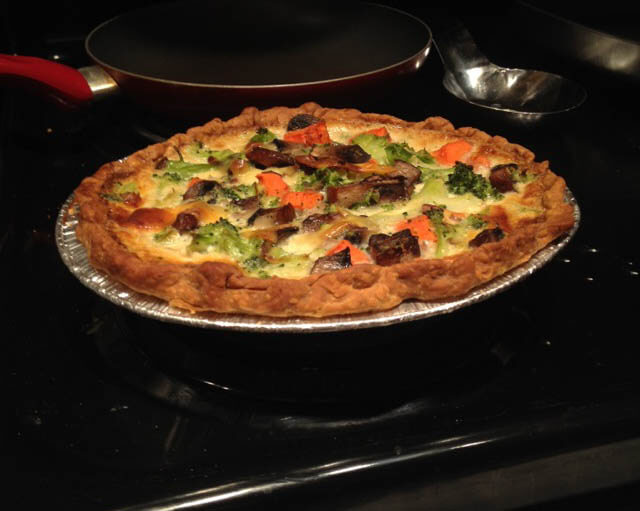
![Fall Tea Variety Pack [6-Pack Variety of Flavors]](http://www.plumdeluxe.com/cdn/shop/files/Fall_Tea_Variety_Pack.png?v=1754953749&width=165)

